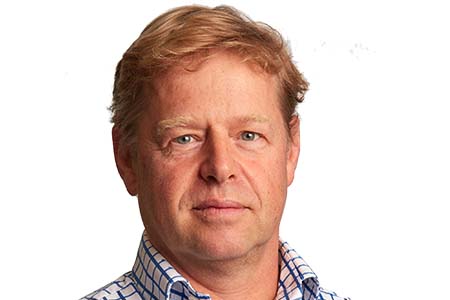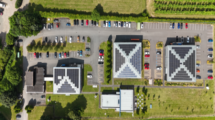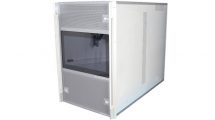 How was 2018 for you?
How was 2018 for you?
2018 was an extremely positive year for ETL with several new product launches, including our DWDM RF over Fiber solution for transmitting and receiving RF signals over distances of around 200km through a single fibre cable. We also were awarded Exporter of the Year by our Chamber of Commerce thanks to some fantastic global project wins.
What is your company expecting to achieve in 2019?
At the beginning of this year, we acquired Atlantic Microwave, a leading provider of microwave components and satellite communication test equipment. This will enable us to expand our range of RF equipment into new markets. In addition, thanks to the continuing pressure of HTS and Leosat networks, we are improving the RF performance in our RF Matrix range, as well as improving our redundancy switching for main and standby teleports.
Do you have any new satellite/product launches planned for 2019?
We have a number of new launches planned, starting with the launch of three new versions of our popular Enigma Switch Matrix series, which we will be demonstrating at CABSAT. The Enigma Matrix provides signal distribution for up to 32 input and output feeds for downlinking and uplinking signal management and can be used across a number of applications including satellite communications, broadcasting, military and government communication systems. This new series features improved RF performance, optimising RF signal path performances and an upgraded touch screen with enhanced control and monitoring functionality which makes it easier to switch and control signal routing.
What, in your opinion, are the upcoming trends within the satellite market?
One of the biggest trends right now is the launch of Low Earth Orbit mega constellations. These will open up a wealth of opportunity to deliver more services than ever before, however they will come with a number of challenges to ensure reliability and minimize interference.
The other trend is the continued development of High Throughput Satellite which is enabling connectivity in otherwise unconnected regions. This does bring with it the challenge of rain fade and the need for redundant sites to ensure constant connectivity.
We continue to watch the growth in big data, which will become a by-product of LeoSat constellations. It is anticipated that satellite teleports will see their new growth markets from handling this type of traffic.
How important is the MENA market for you?
The MENA market remains strategically important for us. Our Middle East office is working with customers across the region and is seeing a continued appetite for satellite connectivity and RF equipment to ensure good and resilient management of those feeds.
Are you looking to expand into any new markets in the coming year?
Our acquisition of Atlantic Microwave will give us an opportunity to sell ETL RF components into many new markets. In addition, we will be able to market their Test Loop Translators and range of higher frequency RF components to our Satcom customers.
GEO? MEO? LEO? Where is the future and what is your contribution to your choice?
GEO is and will remain important for the foreseeable future. At the same time, we are seeing a number of launches particularly in LEO and these will be key to enabling IoT. I believe all of these will be important for ensuring satellite can continue to enable connectivity across a wide range of applications. We provide high performance satellite communications and Radio Frequency (RF) equipment for all of those.
5G and IoT? Are these important to your company? How are you addressing increasing demands in these two sectors?
With LEO constellations set to enable 5G and IoT, these are only going to become more important for the satellite industry. Our solutions ensure that our customers remain connected, no matter the distance between the antenna and control room, or antenna and backup antenna and no matter what challenges occur, such as power outages and extreme weather.












Add Comment